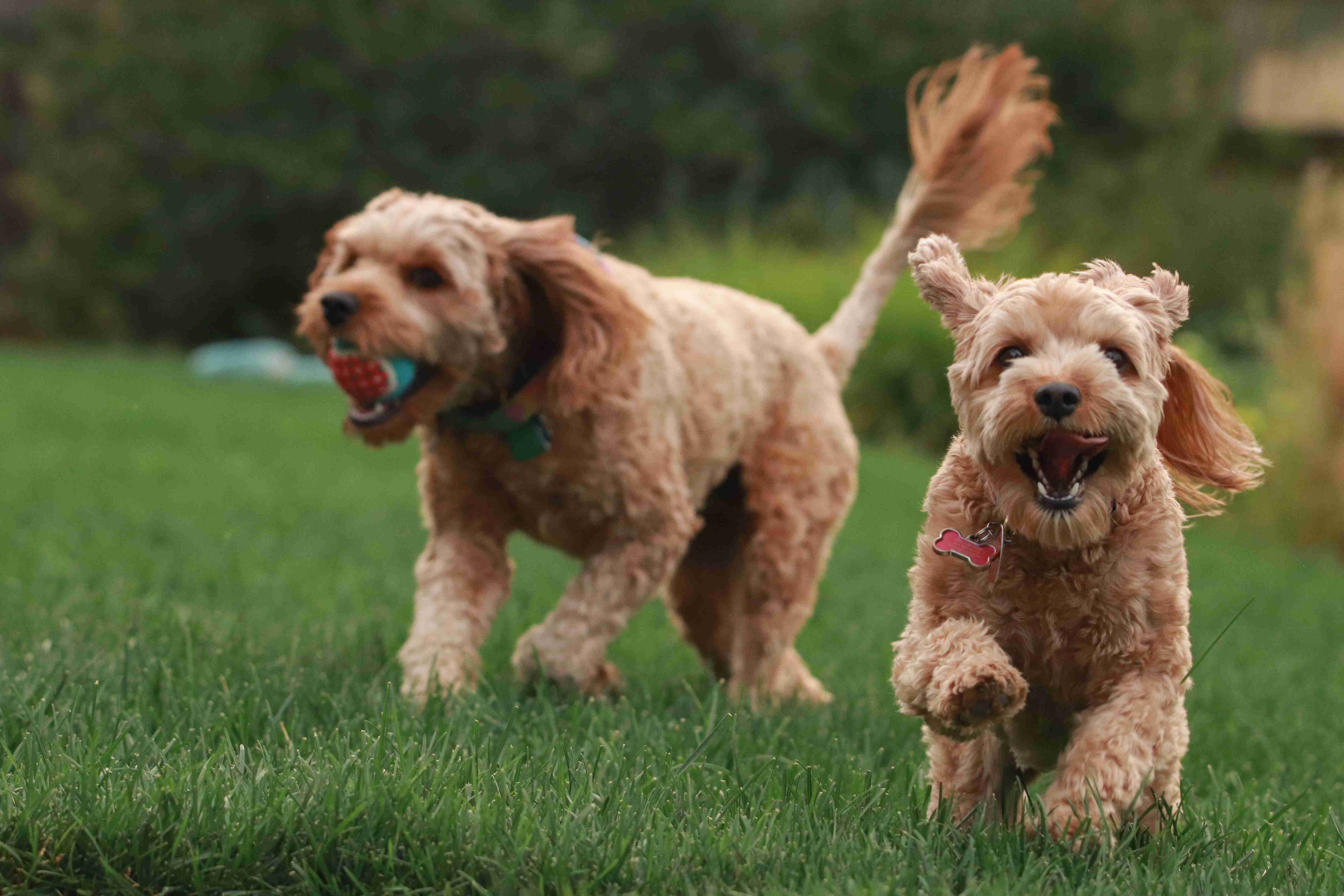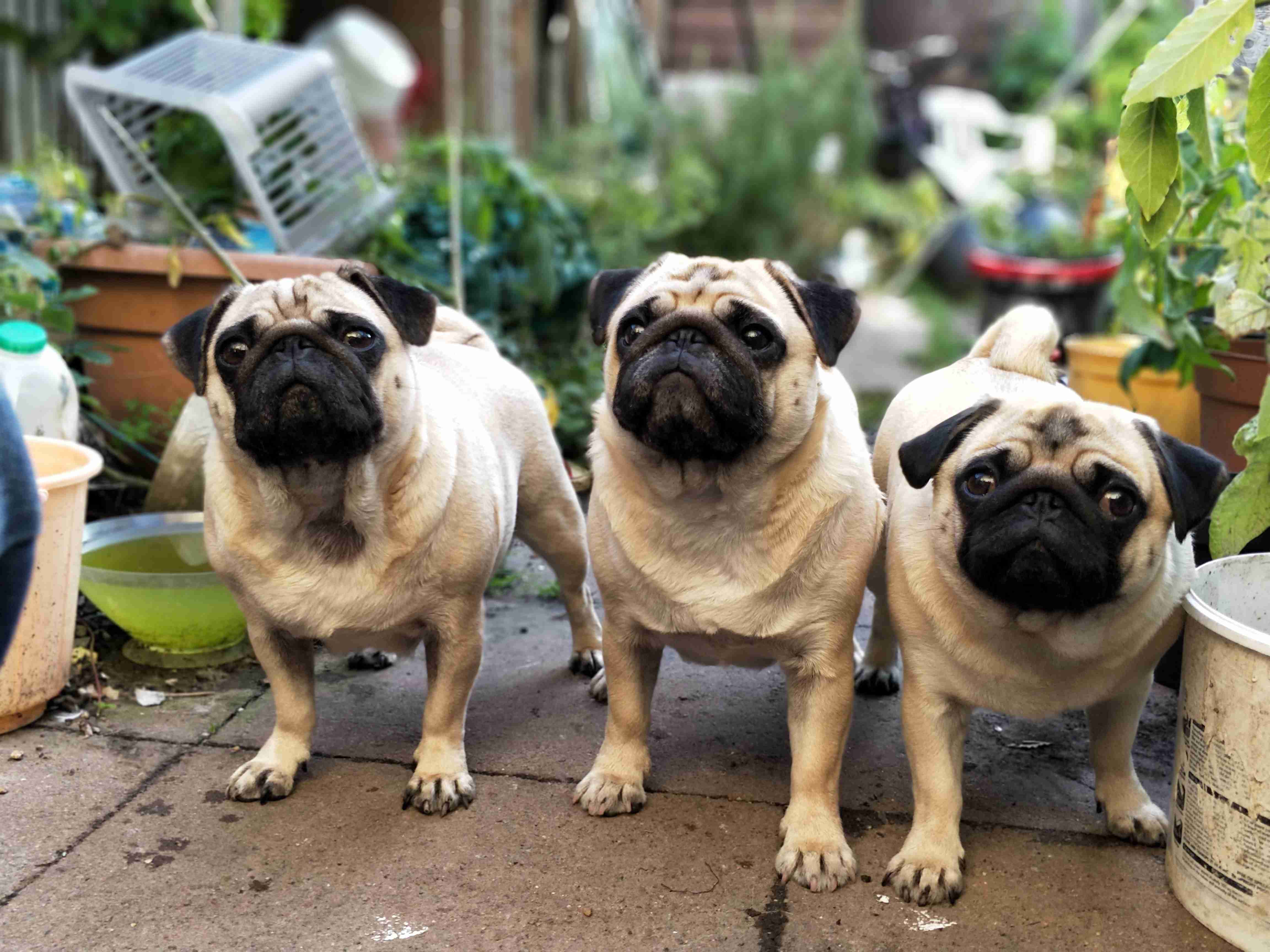Dogs are one of the most expressive animals in the world. They communicate through various body language, including barks, growls, and tail movements. While a wagging tail is often associated with happiness and excitement, it can also be a sign of nervousness and anxiety. As dog owners, it’s important to understand the science and behavior behind tail wagging so we can better interpret our furry friend’s emotions. In this blog post, we’ll explore the reasons why dogs wag their tails when they’re nervous and what it means for their state of mind. So, let’s dive in and find out more about this fascinating topic!
Dogs are known for wagging their tails when they are happy, excited, or even when they see their owners. But have you ever noticed your dog wagging their tail when they are nervous or anxious? This behavior can be confusing for pet owners, but it is actually a natural reaction that has both scientific and behavioral explanations.
In this blog post, we will delve into the reasons behind why dogs wag their tails when anxious, and what it can tell us about their emotional state.
The Science Behind Tail Wagging
Before we dive into why dogs wag their tails when anxious, it is important to understand the science behind tail wagging in general. When a dog wags its tail, it is actually a way of communicating with other dogs and humans. The tail is a vital part of a dog’s body language, and it can convey a wide range of emotions, including happiness, excitement, fear, and aggression.
According to research, there are actually different types of tail wags that can indicate different emotions. For example, a high, fast wag indicates excitement and happiness, while a low, slow wag indicates fear or anxiety. The direction of the tail wag is also important, with a wag to the right indicating positive emotions and a wag to the left indicating negative emotions.
So, when a dog wags its tail when anxious, what does it mean?
Behavioral Explanations

One of the main reasons that dogs wag their tails when anxious is that it is a self-soothing behavior. Just like humans might fidget or bite their nails when nervous, dogs may wag their tails as a way to calm themselves down. Tail wagging releases endorphins in the dog’s brain, which can help to alleviate stress and anxiety.
Another reason that dogs may wag their tails when anxious is that it is a way of signaling to other dogs or humans that they are not a threat. Dogs are social animals, and they rely on body language to communicate with one another. By wagging their tail, even when nervous, dogs are signaling that they are not aggressive and do not pose a threat.
It is also worth noting that dogs may wag their tails when anxious simply because they are confused or unsure about a situation. In these cases, the tail wagging may be a way of expressing their uncertainty or seeking reassurance from their owner.
What Can You Do?
If you notice that your dog is wagging their tail when anxious, it is important to take steps to address the underlying issue. This may involve identifying the source of their anxiety and taking steps to alleviate it, such as providing more exercise, socialization, or training.
You can also try to soothe your dog by providing them with a safe and calm environment, and using positive reinforcement techniques to help them feel more comfortable and secure. However, it is important to remember that tail wagging is just one part of a dog’s body language, and it is important to look for other signs of anxiety or stress, such as panting, trembling, or avoidance behaviors.
Conclusion
Overall, tail wagging is a natural behavior that can indicate a wide range of emotions in dogs, including happiness, excitement, fear, and anxiety. When a dog wags its tail when anxious, it is often a self-soothing behavior that can help to alleviate stress and anxiety. However, it is important to identify the underlying cause of the anxiety and take steps to address it, as well as providing your dog with a safe and comfortable environment. By understanding the science and behavior behind tail wagging, you can better understand your dog’s emotional state and build a stronger bond with your furry friend.
In conclusion, dogs are fascinating creatures that continuously surprise us with their behavior. Wagging their tail is a natural instinct that dogs use to communicate with us and other animals. However, it’s crucial to understand that tail wagging can signify different emotions, including anxiety, fear, or even aggression. As a responsible pet owner, you should learn to recognize the signs of your dog’s behavior and respond accordingly. Providing your furry friend with the care and attention they need can go a long way in ensuring their happiness and well-being. Remember to always approach your dog with love and patience, and they will undoubtedly return the favor!



.jpg)

.jpg)

.jpg)
%20-%20Copy.jpg)